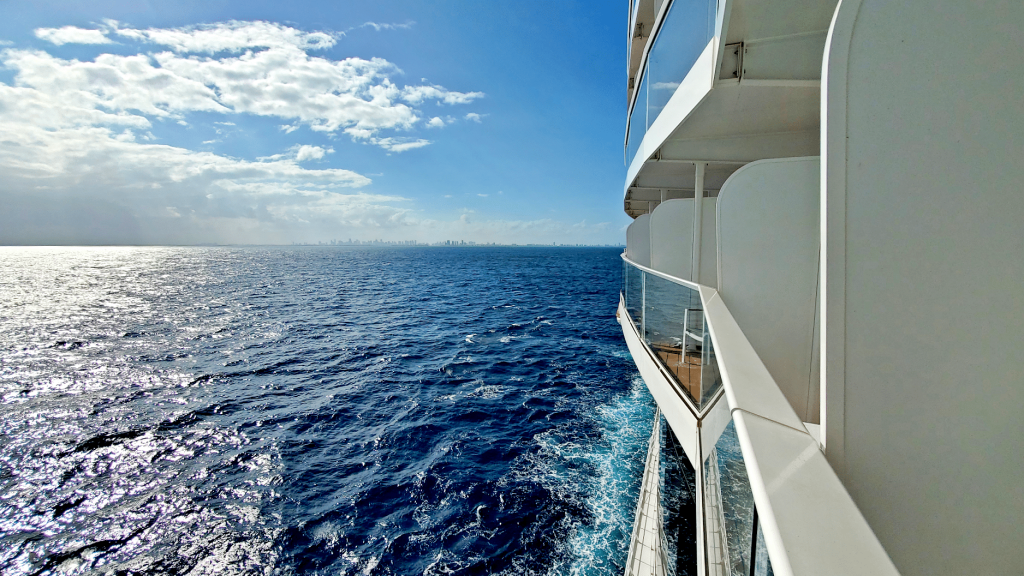“This year’s environmental technologies report demonstrates their progress, with the industry investing in engine technologies with conversion capabilities that will allow ships to use more renewable energy sources as they become available and making important incremental steps to employ a range of other environmental technologies and practices to advance the industry’s wider sustainability initiatives,” said CLIA President and CEO Kelly Craighead.
In all the CLIA member ocean fleet currently comprises 303 ships and a total capacity of 635,000 lower berths operated by 45 cruise line brands that represent 90 percent of cruise capacity.
“CLIA member cruise lines are investing in new ships and engines that allow for fuel flexibility,” the report said. “This includes capability to use renewable biodiesel, investments in the capability to use green methanol when available, and liquified natural gas (LNG).”
The study said that “19 ships representing 7 percent of the fleet and 13 percent of the fleet’s global capacity) are using LNG for propulsion.”
Seventy-one ships are now equipped with selective catalytic reduction (SCR) technology, whichreduces particulate matter and nitrogen oxide emissions. The number of ships featuring the SCR technology increased by 34 percent from 2023.
The report also found that 147 CLIA ships are now able to connect to offshore power suppliers (OPS), which is 23 percent more than in 2023 and 167 percent more since 2018.
Additionally, the lion’s share of CLIA lines are using advanced wastewater treatment systems (AWTS). “Across the CLIA cruise line member fleet, 225 ships (80 percent of the total, representing 84 percent of global passenger capacity) are equipped with AWTS (an 11 percent increase from 2023 and a 65 percent increase from 2018),” the report said.
Furthermore, “the majority of CLIA members produce their own fresh water onboard their ships, with 267 ships (representing more than 94 percent of reporting ships and 96 percent of global capacity) able to do so — of which 172, nearly 60 percent of the fleet, are capable of producing enough water to match their total consumption,” the report found.










More Stories
Venice Will Extend Day Trip Tax Through 2025 to Address Overtourism
North America Remains Top Travel Destination, According to Latest Amadeus Report
Biden Administration Launches Investigation Into Airlines’ Competition